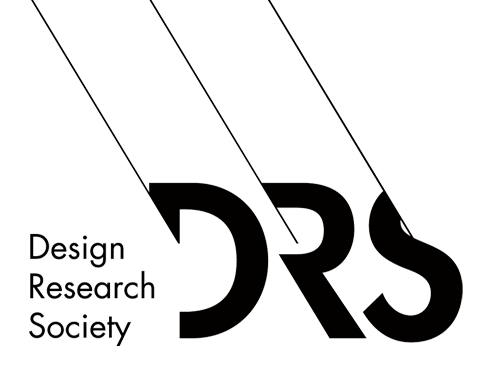Abstract
Demonstrators, versatile concepts that combine engineering, art, and design are commonly used to communicate technology research. Due to the high complexity and abstractness of such research, product development designers face challenges during the design process. One of the key factors is 'enstoriment', the process of turning concepts into stories and then making them visible through tangible artifacts. The authors of this paper have experienced this in their practice. They had to design a demonstrator without any information on how to do it. In order to see how other designers would approach a similar task without any prior guidance, a pilot study was carried out with first-year Master's level students in product development. They were asked to design a demonstrator concept for a novel radar sensing technology, in collaboration with engineers from a technology research institute, but without any advice on how to tackle this challenge. Using reflective diaries, recorded discussions, and iterative feedback from the engineers, the study tracked the participants’ decision-making and ideation processes over three months. Although the designers came up with enstoriment methods such as using metaphors and analogies for the demonstrator design, and identified interactivity and engagement of the concept as their main priorities, it turned out that they mainly used intuition as a guiding tool when they lacked information and references to rely on. The analysis also revealed that the phase when designers have to make sense of their task and the project goal is problematic without support due to the high complexity of the topic. Therefore, further research should focus on the development methods and tools to support and facilitate the demonstrator design process.
Keywords
making sense; product development; decision making; design process; intuitive approach
DOI
http://doi.org/10.21606/eksig2025.102
Citation
Sviridova, A.,and Verlinden, J.(2025) An Intuitive Approach to Enstoriment during Demonstrator Design Process: A Pilot Case Study, in Karyda, M., Çay, D., Bakk, Á. K., Dezső, R., Hemmings, J. (eds.), Data as Experiential Knowledge and Embodied Processes, 12-13 May, Budapest, Hungary. https://doi.org/10.21606/eksig2025.102
Creative Commons License

This work is licensed under a Creative Commons Attribution-NonCommercial 4.0 International License
An Intuitive Approach to Enstoriment during Demonstrator Design Process: A Pilot Case Study
Demonstrators, versatile concepts that combine engineering, art, and design are commonly used to communicate technology research. Due to the high complexity and abstractness of such research, product development designers face challenges during the design process. One of the key factors is 'enstoriment', the process of turning concepts into stories and then making them visible through tangible artifacts. The authors of this paper have experienced this in their practice. They had to design a demonstrator without any information on how to do it. In order to see how other designers would approach a similar task without any prior guidance, a pilot study was carried out with first-year Master's level students in product development. They were asked to design a demonstrator concept for a novel radar sensing technology, in collaboration with engineers from a technology research institute, but without any advice on how to tackle this challenge. Using reflective diaries, recorded discussions, and iterative feedback from the engineers, the study tracked the participants’ decision-making and ideation processes over three months. Although the designers came up with enstoriment methods such as using metaphors and analogies for the demonstrator design, and identified interactivity and engagement of the concept as their main priorities, it turned out that they mainly used intuition as a guiding tool when they lacked information and references to rely on. The analysis also revealed that the phase when designers have to make sense of their task and the project goal is problematic without support due to the high complexity of the topic. Therefore, further research should focus on the development methods and tools to support and facilitate the demonstrator design process.

